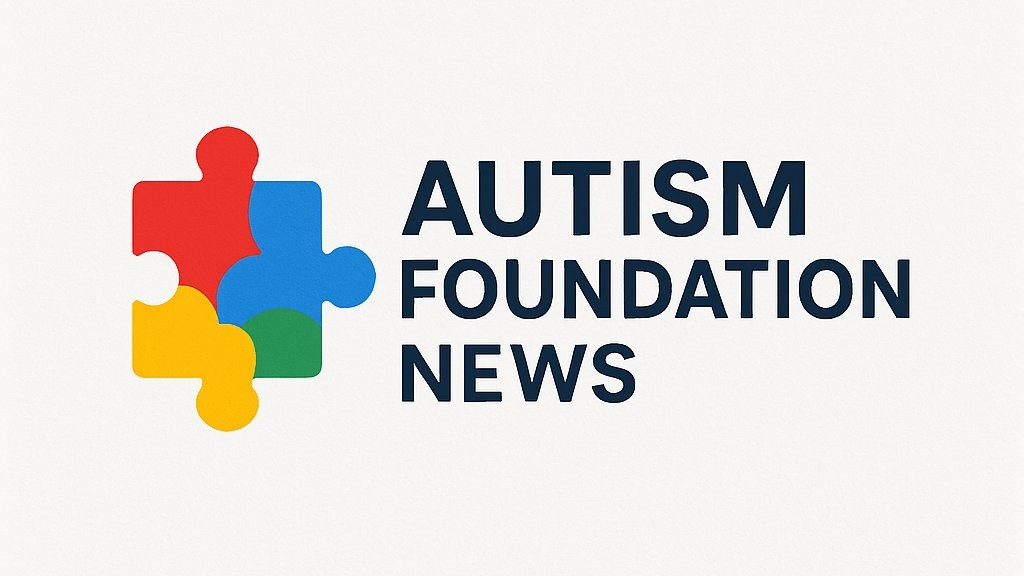
Finding Calm Amidst Chaos: The Benefits of Mindfulness Meditation
For many individuals, especially those with autism, emotional landscapes can sometimes feel overwhelmingly turbulent. In moments of distress or sensory overload, practicing mindfulness meditation can offer a sanctuary. The 12-Minute Meditation aimed at creating space during emotional storms can prove especially beneficial for not just individuals on the autism spectrum but their caregivers as well.
Grounding Techniques and Emotional Regulation
Grounding techniques, like the short meditation proposed, can help individuals manage anxiety and emotional surges. By focusing on the present, individuals can distance themselves from overwhelming feelings. This particular meditation invites participants to anchor themselves through deep breathing, which promotes emotional regulation. Research shows that such techniques can help transform how individuals respond to anxiety, often allowing them to engage more positively with their surroundings.
The Power of Deep Breathing in Reducing Anxiety
Deep breathing serves as a powerful tool for centering oneself. It triggers the body's relaxation response, helping to slow the heart rate and lower blood pressure, which can be particularly helpful during moments of high emotional intensity. For young adults and middle-aged individuals navigating daily challenges, practicing deep breathing can facilitate a needed escape, allowing even the most overwhelmed minds to find clarity and stillness.
Empowering Caregivers: Building Resilience Through Meditation
Caregivers too can greatly benefit from adopting mindfulness practices. The emotional labor involved in caring for someone with autism can be taxing, and cultivating mindfulness can help mitigate feelings of burnout. Engaging in practices like the 12-Minute Meditation empowers caregivers to recharge, enhance their patience, and foster a more supportive environment for those they care for.
Personal Anecdotes: Real Experiences with Mindfulness
I've observed varying responses to mindfulness among individuals with autism. For some, meditation becomes a lifeline, providing a way to cope with sensory overload while offering a newfound clarity that helps navigate daily life. For others, the process might take time, requiring tailored approaches and patience. Personal stories often highlight the transformative nature of mindfulness, revealing how simplicity can bring about profound changes in emotional health.
Creating a Mindfulness Routine: Practical Steps to Get Started
Starting a mindfulness meditation practice doesn’t have to be intimidating. Here is a simple three-step approach to incorporate the 12-Minute Meditation into your daily routine:
- Choose a quiet space: Find a comfortable and quiet area where distractions are minimal.
- Set a timer: Designate a consistent time each day for your meditation practice, gradually increasing the duration as you feel comfortable.
- Reflect afterward: After your session, take a moment to jot down any thoughts or feelings that arose. This helps in understanding your emotional responses better.
In Conclusion: Cultivating Awareness and Connection
Engaging in mindfulness meditation like the 12-Minute practice not only creates space for emotional processing but fosters a sense of connection to oneself and the world around. By embracing these practices, individuals and caregivers alike can develop resilience, ultimately leading to improved emotional well-being. As we navigate the complexities of emotion and experience, let us remember that these moments of stillness can lead to great personal discovery.
If you are a caregiver or an individual affected by autism, consider exploring the transformative benefits of mindfulness meditation in your daily life. Equip yourself with the tools to enhance emotional regulation and maintain balance amidst chaos. The journey toward mindfulness may just pave the way for enhanced connections, clarity, and peace.
 Add Row
Add Row  Add
Add 




Write A Comment